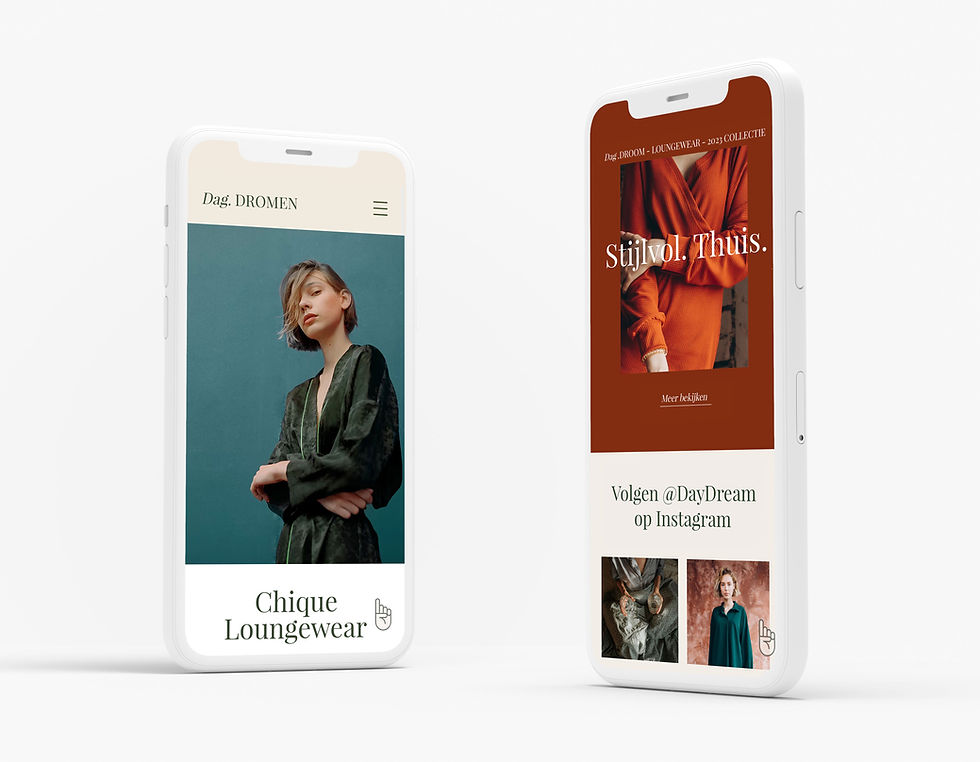Mastering Collaboration: Best Practices for Working with a Graphic Designer
- Davies Designs Studio

- Feb 12, 2024
- 3 min read

In today's digital age, visual communication plays a crucial role in capturing audience attention and conveying messages effectively. Whether you're a business owner, marketer, or content creator, collaborating with a graphic designer is essential for bringing your ideas to life. However, working with a graphic designer requires more than just sharing concepts and waiting for results. To maximize the potential of your collaboration and ensure outstanding outcomes, it's vital to adhere to certain best practices when working with a graphic designer. In this comprehensive guide, we'll delve into the key strategies for fostering productive and successful partnerships with graphic designers.
1. Clear Communication
Effective collaboration begins with clear and concise communication. Clearly articulate your project goals, objectives, and expectations to the graphic designer. Provide detailed briefs, including preferred styles, color schemes, and any specific design elements you envision. Encourage open dialogue and address any questions or concerns promptly to avoid misunderstandings down the line.
2. Establish Mutual Understanding
Take the time to understand the graphic designer's creative process, preferences, and limitations. Discuss their workflow, preferred file formats, and project timelines upfront. By establishing mutual understanding and respect, you can streamline the collaboration process and facilitate smoother interactions.

3. Provide Inspirations and References
Offer visual inspirations, references, and examples that align with your vision and branding guidelines. This can include mood boards, design samples, or competitor analyses. However, avoid micromanaging and allow the graphic designer the creative freedom to interpret your ideas in their unique style.
4. Set Realistic Expectations
Set realistic timelines and milestones based on the complexity of the project and the graphic designer's workload. Understand that quality design takes time and avoid rushing the creative process. Be flexible and accommodating when revisions are necessary, but also establish boundaries to prevent scope creep.

5. Feedback and Collaboration
Encourage constructive feedback and collaboration throughout the design process. Provide specific comments and suggestions to guide revisions effectively. Acknowledge the designer's efforts and offer praise for exceptional work. Remember that feedback should be balanced, focusing on both strengths and areas for improvement.
6. Respect Professional Expertise
Respect the graphic designer's professional expertise and creative decisions. Trust their judgment and expertise in design principles, typography, and visual hierarchy. Avoid imposing arbitrary changes or making design decisions based solely on personal preferences.

7. Clarity in Revision Requests
When requesting revisions, be clear and specific about the changes you require. Highlight areas that need improvement and provide examples or annotations for clarity. Avoid vague or conflicting feedback that can lead to confusion and frustration.
8. Consistent Branding Guidelines
Ensure consistency with your brand identity and guidelines throughout the design process. Provide access to brand assets, such as logos, color palettes, and typography guidelines. This helps maintain brand integrity and strengthens brand recognition across all design assets.

9. Feedback Integration and Iteration
Encourage iterative design processes that incorporate feedback and evolve over time. Embrace a collaborative mindset where feedback is integrated into successive iterations, leading to continuous improvement and refinement of the final design.
10. Express Appreciation
Finally, express gratitude and appreciation for the graphic designer's hard work and dedication. Recognize their contributions to the project's success and consider providing feedback or testimonials for their portfolio. Building positive relationships with graphic designers fosters long-term partnerships and ensures future collaborations are equally rewarding.
In conclusion, effective collaboration with a graphic designer is essential for achieving visually compelling and impactful design solutions. By following these best practices, you can cultivate productive partnerships, streamline communication, and achieve outstanding results that resonate with your audience. Remember, collaboration is a two-way street built on trust, respect, and shared creative vision. So, embrace the journey of working together and celebrate the transformative power of design in shaping the world around us.
About Davies Designs Studio
Established in 2015, Davies Designs Studio is a Charlotte, NC based design agency offering creative solutions across various mediums including graphic design, photography, website design, and marketing. They collaborate with clients to deliver impactful final products that are creative, innovative, unique, inspirational, and exceed your expectations and goals.
In need of design assistance? Contact us at:






Comments